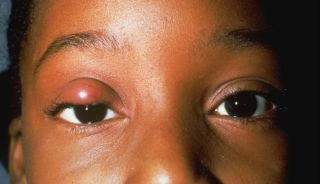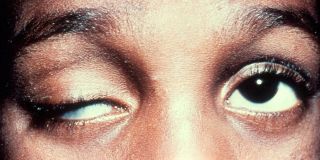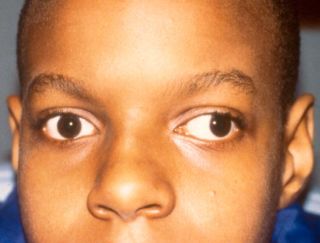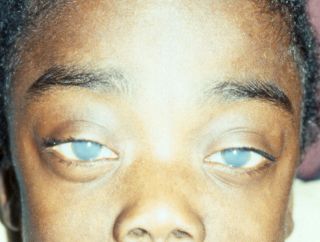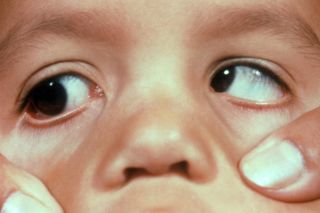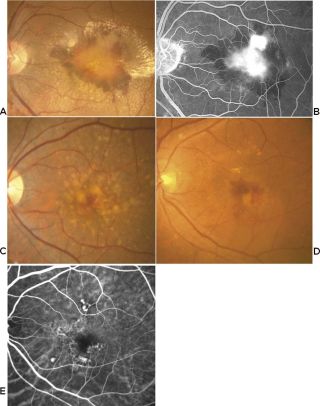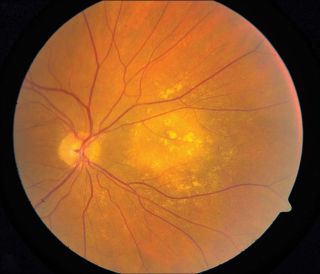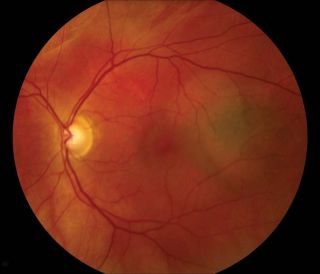Ophthalmic Images in Diverse Patient Populations
All content on Eyewiki is protected by copyright law and the Terms of Service. This content may not be reproduced, copied, or put into any artificial intelligence program, including large language and generative AI models, without permission from the Academy.
Currently, a disproportionate number of textbook figures and photographs are of eye conditions in white patients. Many ocular conditions can appear differently in individuals of color or those with darker skin. The purpose of this page is to share images of both common and rare pathology of the external, anterior, and posterior segments in patients of color. The American Academy of Ophthalmology's Committee for Resident Education’s DEI workgroup initiated this image collection to serve as a source for education and future versions of the Basic and Clinical Science Course (BCSC) and other texts.
Visit the Academy website to learn more about its commitment to diversity, equity, and inclusion in the ophthalmic community and review educational resources related to DEI in ophthalmology.
Collapse
Images | |
|---|---|
| Image | Caption/Description |
| Chalazion. | |
| Congenital ptosis | |
| Exotropia, left eye (child) | |
| Hurler's syndrome, cloudy corneas | |
| Overaction of left inferior oblique | |
| Fundus photographs (A, C, D) and fluorescein (B) and indocyanine green (E) angiographies of typical nAMD (A, B), nnAMD (C), and PCV (D, E) in Japanese patients. nAMD neovascular AMD; nnAMD non-neovascular AMD; PCV polypoidal choroidal vasculopathy. | |
| Basal cell carcinoma in Black patient. | |
| Signs of chronicity of choroidal nevus showing retinal pigment epithelial (RPE) alterations. Choroidal nevus with overlying drusen. | |
| Low-risk choroidal nevus. a. Color fundus photograph of a low-risk choroidal nevus. | |
| High-risk choroidal nevus. a. Color fundus photograph of a high-risk choroidal nevus. | |
| Variants of choroidal nevus. a. Color fundus photograph of a halo choroidal nevus with a brown center and yellow halo b. Fundus autofluorescence revealing hypo autofluorescence of the pigmented portion and hyper-autofluorescence of the amelanotic portion. c. Color fundus photograph of a giant choroidal nevus with basal diameter >10 mm and extensive
overlying drusen (white arrows) d. Fundus autofluorescence revealing hypo autofluorescence of the pigmented tumor and hyper-autofluorescence of the overlying drusen (white arrows) | |


